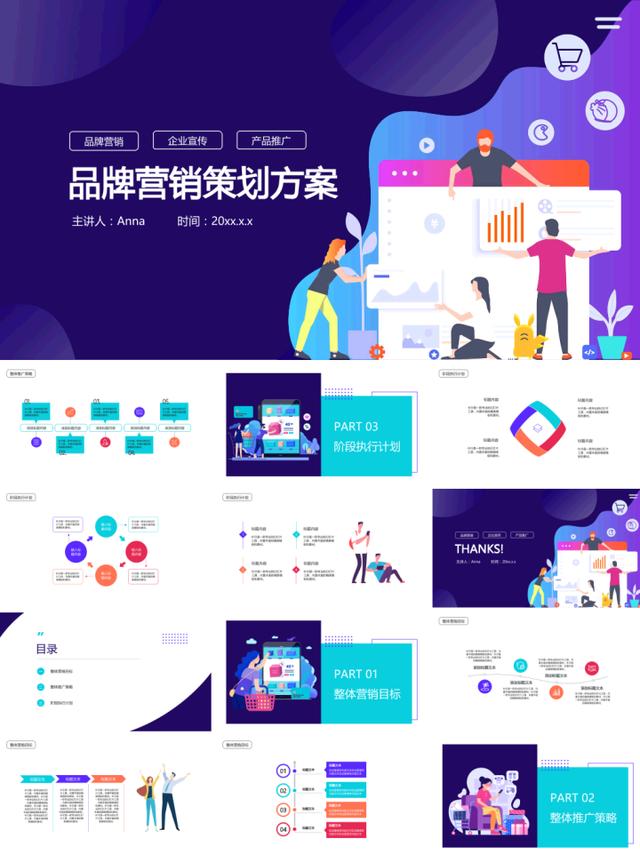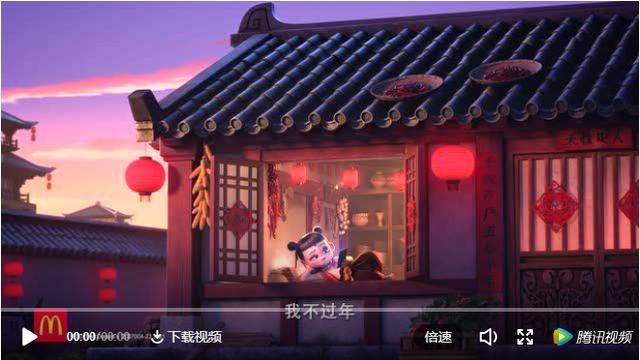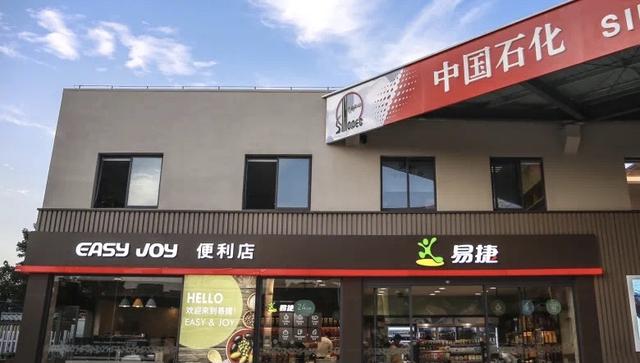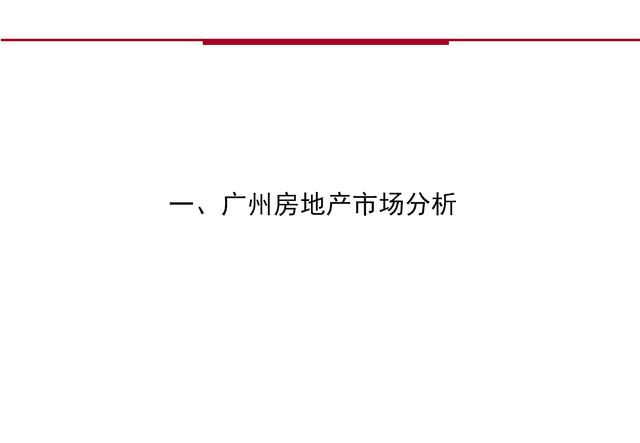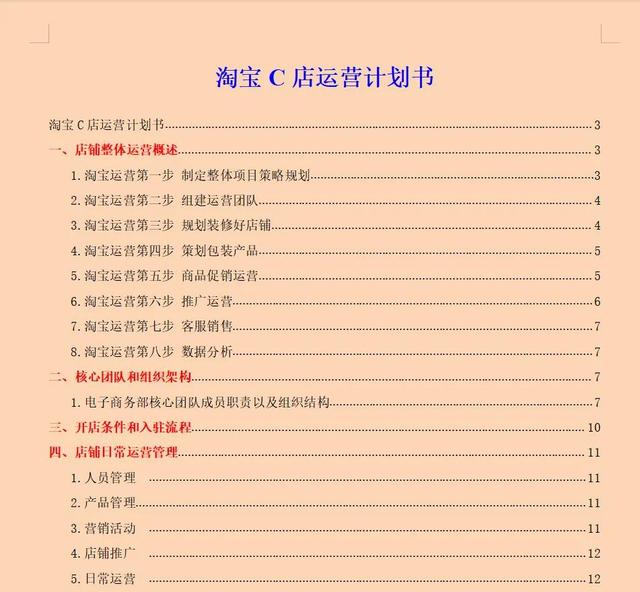1. 企业战略管理为什么很重要?
在复杂生存环境中,在较长时期内,谋划关系全局的问题。
2. 企业战略管理的过程主要有哪些阶段?
确定企业的使命(宗旨)和主要目标、战略分析、战略选择、战略实施
3. 企业战略分析主要从哪些方面进行分析?
外部分析:识别机会与威胁(SWOT分析:PEST分析:政治、社会、经济、科技、行业环境、竞争环境)、影响行业竞争的5种力量
内部分析:确认资源与竞争优势(微笑曲线:价值V、价格P和成本C之间的关系)
提高V主要依靠差异化策略,与众不同的产品和服务,使顾客认为价值高而愿意支付较高的价格。贴心的服务会使顾客感知价值得到难以预计的提升。
降低C主要依靠低成本策略,但降低成本总是有限的,而且随着人工成本的升高、原材料和能源价格上涨,单纯进行价格竞争是行不通的。关键是企业如何在控制成本的同时,提供有别于竞争者的差异化产品和服务,以创造更高的顾客价值V。
4. 企业战略层次是怎样的?
公司战略、事业部战略、职能战略
5. 主要的公司战略有哪些?内容特点是什么?
专业化(专注于单一事业)
多元化
垂直(纵向)一体化
优点:
可以提高新竞争者的进入障碍;
提升专用资产投资效率;
保证产品质量;
便于加强计划与控制。
缺点:
成本劣势;
缺乏适应技术变化的能力;
当需求不稳定时,有极大风险,协调困难
水平(横向)一体化
优点:
非核心业务外包会降低成本,更有效率,提升产品价值;
有利于资源集中到公司的核心能力上;
容易回应顾客,适应市场变化。
6. 主要的经营战略有哪些?内容特点是什么?
波特的三种竞争战略:
成本领先战略
差异化战略
聚焦战略
快速响应战略:
可靠地交货
缩短顾客订货提前期
及时服务
7. 主要的生产运作总体战略有哪些?内容特点是什么?
1)自制还是外包
2)产品结构一体化还是模块化
一体化产品结构的特点:组件之间的接口是特定的、非标准化的。一体化产品结构适应纵向的(垂直的)产业结构。
模块化产品结构的特点:模块之间有标准接口,可以将市场上不同的产品(模块)组合到一起,形成一个新的产品。模块化产品结构适应横向的(水平的)产业结构
3)预测驱动还是订单驱动
预测驱动式生产是根据对市场需求的预测来组织生产活动的,是推式(Push)方式,导致成品库存,形成备货型生产(MTS)。
订单驱动式生产(MTO)是以顾客的订单为依据进行的生产活动,是拉式(Pull)生产方式。
4)高效供应链还是敏捷供应链
高效供应链(efficient supply chain)追求降低“实物成本”(physical costs),敏捷供应链(agile supply chain) 追求降低“市场协调成本”(market mediation costs)
实物成本是物流各阶段发生的成本,如生产成本、运输成本和库存成本。市场协调成本是供需不协调造成的成本,涉及过量生产造成的积压成本和生产不足造成的机会成本。
5)配送网络的选择
按照产品库存的位置和交付方式的不同,可以构成不同的配送网络:
制造商存货加直送;
制造商存货、直送加在途并货;
分销商存货加承运人交付;
分销商存货加到户交付;
制造商/分销商存货加顾客自提;
零售商存货加顾客自提。
1. Why is Corporate strategic management important?
In a complex living environment, in a relatively long period of time, planning issues related to the overall situation.
2. What are the main stages in the process of corporate strategic management?
Determine the mission (purpose) and main objectives of the enterprise, strategic analysis, strategic selection, and strategic implementation
3. What are the main aspects of business strategy analysis?
External Analysis: Identifying Opportunities and Threats (SWOT Analysis: PEST Analysis: Political, Social, Economic, Technological, Industry Environment, Competitive Environment), 5 Forces Affecting Industry Competition
Internal Analysis: Identifying Resources and Competitive Advantage (Smile Curve: Relationship Between Value V, Price P, and Cost C)
Raising V mainly relies on differentiation strategies, differentiated products and services, so that customers think they have high value and are willing to pay higher prices. Attentive service will make customers' perceived value unpredictably improve.
Reducing C mainly relies on low-cost strategies, but cost reduction is always limited, and with rising labor costs, raw material and energy prices, pure price competition will not work. The key is how enterprises can provide differentiated products and services that are different from competitors while controlling costs, so as to create higher customer value V.
4. What is the level of corporate strategy?
Corporate strategy, division strategy, functional strategy
5. What are the main company strategies? What are the characteristics of the content?
Specialization (focus on a single career)
Diversification
Vertical (vertical) integration
advantage:
Can raise barriers to entry for new competitors;
Improve the efficiency of dedicated asset investment;
Guarantee product quality;
Facilitates enhanced planning and control.
shortcoming:
cost disadvantage;
Lack of ability to adapt to technological changes;
When demand is unstable, there is great risk and coordination is difficult
Horizontal (horizontal) integration
advantage:
Outsourcing of non-core business will reduce costs, be more efficient, and enhance product value;
Conducive to the concentration of resources on the company's core capabilities;
It is easy to respond to customers and adapt to market changes.
6. What are the main business strategies? What are the characteristics of the content?
Porter's three competitive strategies:
Cost leadership strategy
Differentiation Strategy
Focus on strategy
Quick Response Strategy:
Reliable delivery
Shorten customer order lead time
Timely service
7. What are the main overall strategies for production operations? What are the characteristics of the content?
1) Homemade or outsourced
2) Is the product structure integrated or modular?
The characteristics of the integrated product structure: the interface between the components is specific and non-standardized. The integrated product structure adapts to the vertical (vertical) industrial structure.
Features of modular product structure: There are standard interfaces between modules, which can combine different products (modules) on the market to form a new product. Modular product structure adapts to horizontal (horizontal) industrial structure
3) Prediction-driven or order-driven
Forecast-driven production organizes production activities according to the forecast of market demand.
Order-driven production (MTO) is a production activity based on customer orders and is a pull production method.
4) Efficient supply chain or agile supply chain
Efficient supply chain seeks to reduce "physical costs", and agile supply chain seeks to reduce "market mediation costs"
Physical costs are the costs incurred at various stages of logistics, such as production costs, transportation costs, and inventory costs. The market coordination cost is the cost caused by the uncoordinated supply and demand, involving the backlog cost caused by overproduction and the opportunity cost caused by insufficient production.
5) Selection of distribution network
Depending on the location of the product inventory and the delivery method, different distribution networks can be formed:
Manufacturer inventory plus direct delivery;
Manufacturer's inventory, direct delivery plus in-transit consolidation;
Distributor inventory plus carrier delivery;
Distributor's inventory is added to the home for delivery;
Manufacturer/distributor inventory plus customer pickup;
Retailer inventory plus customer pickup.

参考资料:百度百科,知乎
翻译:Google翻译
本文由LearningYard学苑原创,文中部分图片和文字均来源于网络,如有侵权请联系删除!



